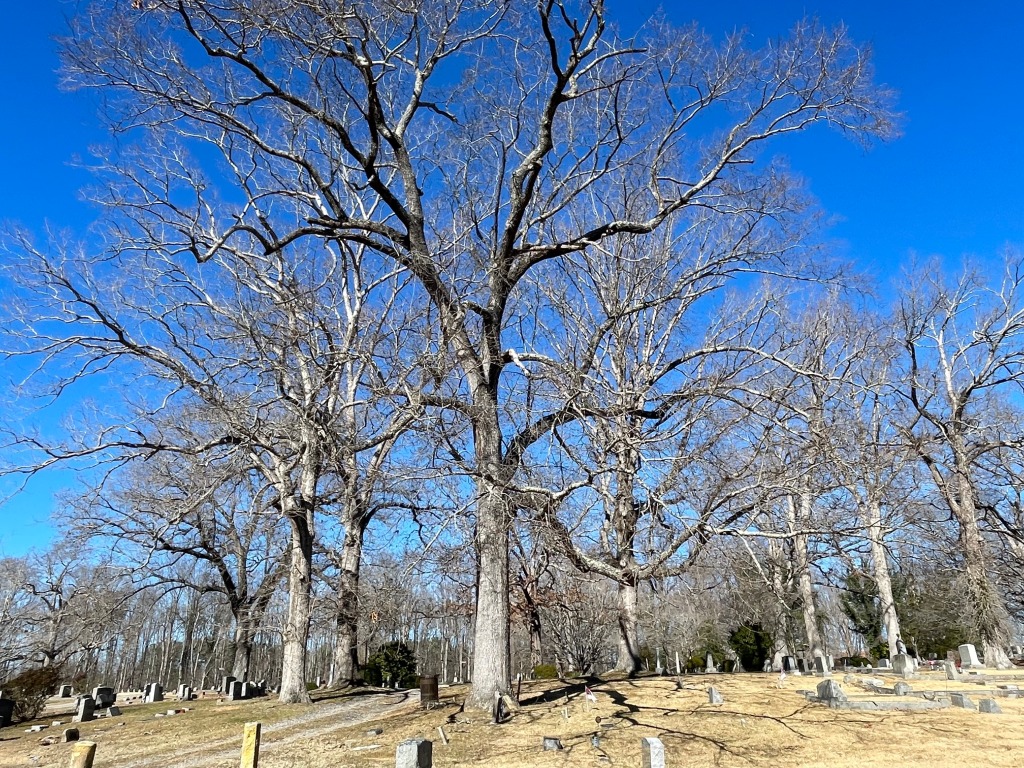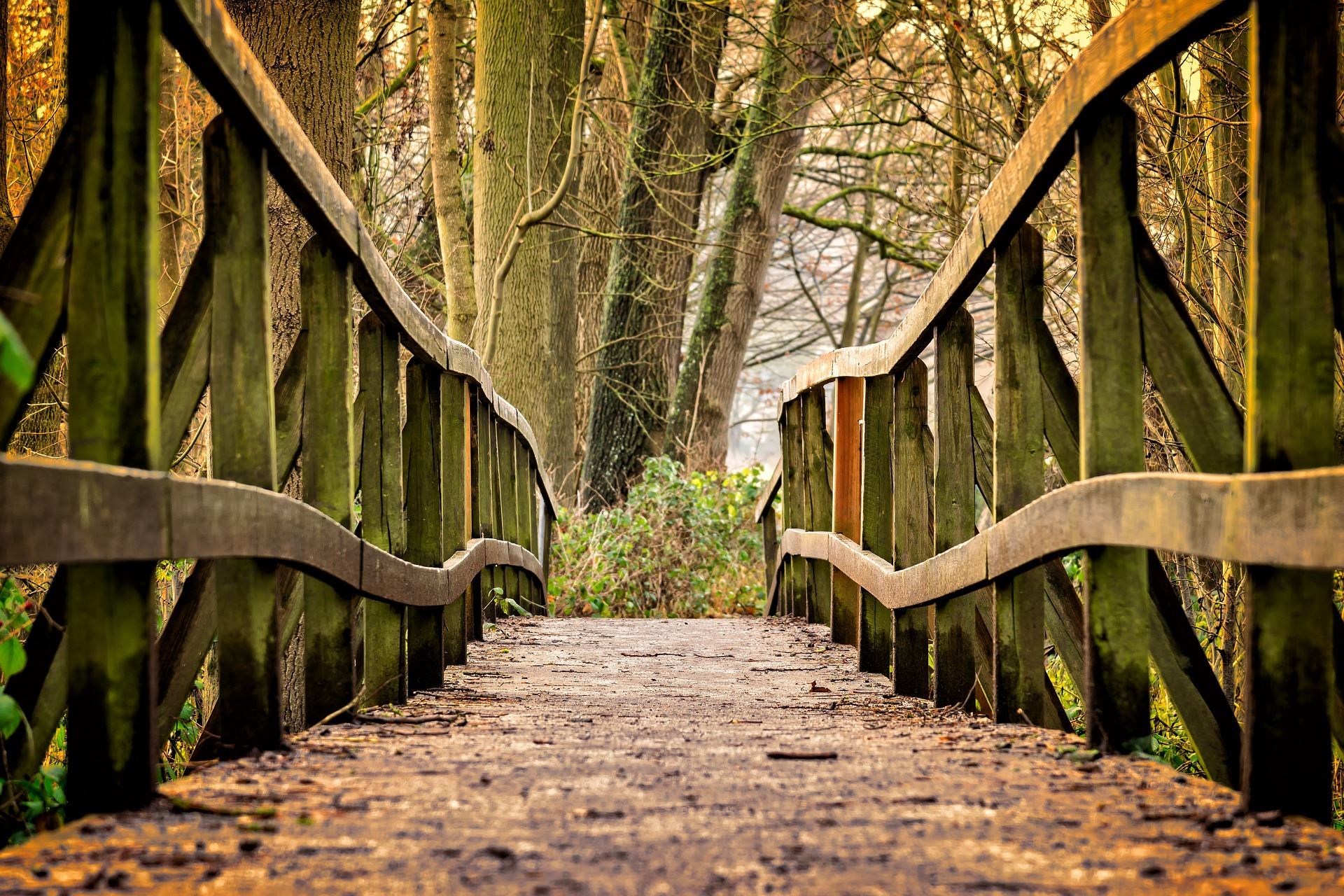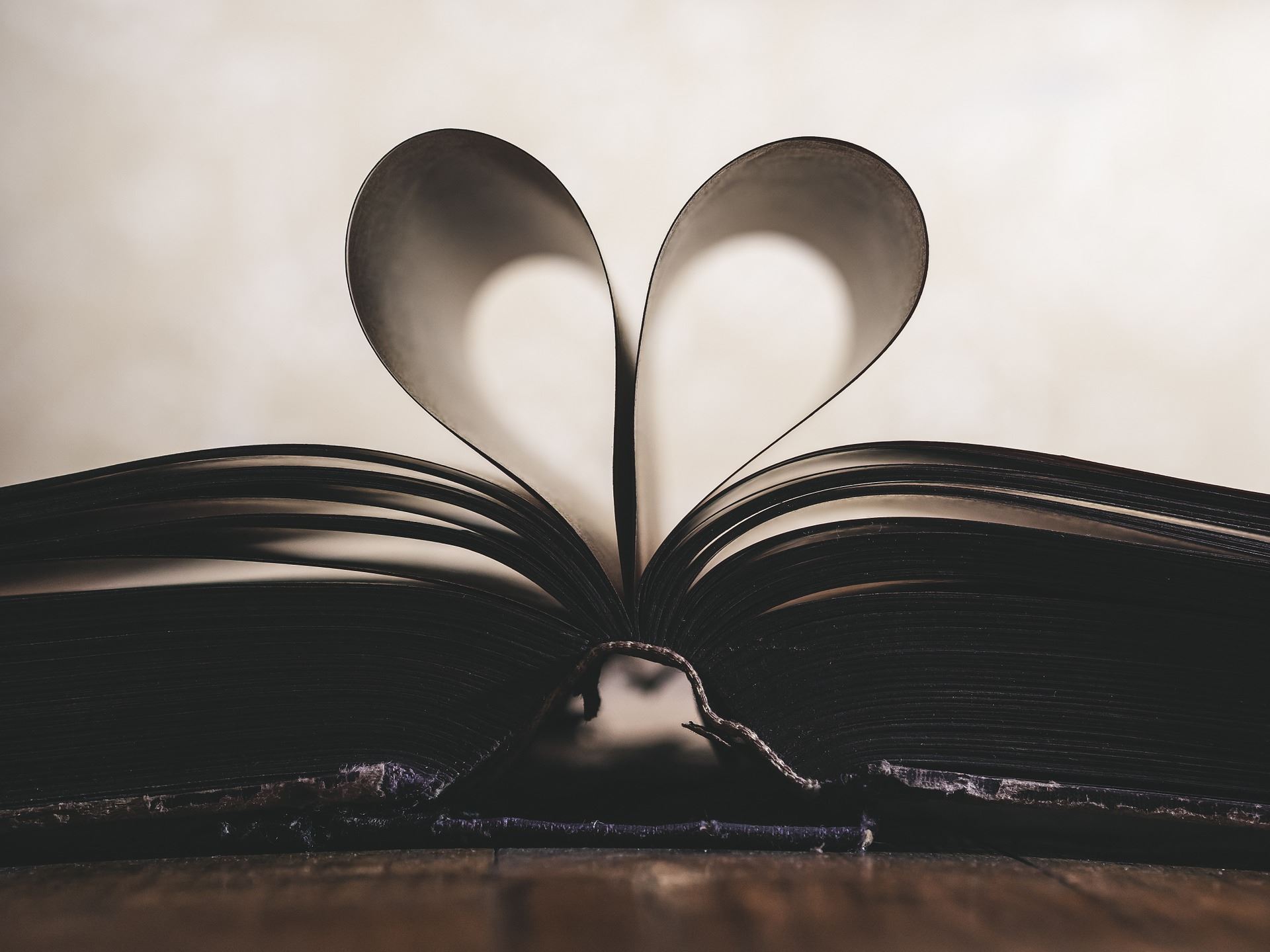by Sharon Pajka, PhD
(Trigger warning—mention of suicide.)
In July 2023, I joined the TLA Network and that summer, I signed up for an online course. As an English professor and the major/minor coordinator for the English program, I had been trying to find ways to focus and connect my university’s English program with its Wellness Student Learning Outcome (SLO). I believed that TLA was one of the ways that the major was going– away from the classics and more towards how we can use books and stories for our and society’s health.
SLO Wellness: Recognize how my choices can transform my health, well-being, and ability to thrive; seek support and utilize resources for personal growth; and work collaboratively to promote wellness on campus and within myself.
My first course, “Liminal Spaces: The Poetry of Transitions and Change” with Angie Ebba, revived my own personal relationship with writing poetry. It had been many moons since I had written anything so creative. I vowed then that going forward, my journal entries would benefit from some added poetry. Instead of writing furiously to get my thoughts and feelings on the page, poetry lets me take a sip of tea and reflect. It’s the beauty of time spent with oneself. Writing and reading poetry has helped me feel more connected to my authentic self.

I’m currently taking “Kissing the Muse: A Messy, Magical, Creative Adventure (part 1)” with Robbyn Layne. My second week into the course, I learned that my friend’s grave had been moved once again by his family and that it was now in a public cemetery where I would be able to visit after decades. I’m nearly 50 years old and almost immediately I found myself tending to my inner-fifteen-year-old self. I visited his grave but I could not process any of this alone. Fortunately, I was able to call on my Muses and even had a networking session with another TLAN friend I’ve made. My feedback to her on one of her poems was to try going deeper and darker. Talking with her about my assignments in the course and life in general, I discovered that I hadn’t been able to write about or even process visiting my friend’s grave until I encouraged myself to go deeper and darker. So, I did. I applied to the TLAF Certificate program. I was accepted into the program last week. I was able to write a poem about my cemetery visit.
Lakeview Cemetery
Lakeview cemetery has no view of the lake,
No resolution or peace
Even after thirty-four years.
Your epitaph in the stone
Words placed by another
Words distinctly not your own.
Your body is buried and then taken
Reinterred and reinterred
Still played with like a doll.
Trying to control the narrative
Fabrications of your final hours
I believed but coroners do not lie.
They complete final paperwork
Important details condensed to a page
And place an X by the cause— Suicide.
I am no longer restricted
From accessing your grave
No longer required to sit for tea.
I stand in this field
No other markers around
Staring at a photo that isn’t you.
Lakeview cemetery has no view of the lake
No resolution or peace
I am standing here alone.
Remembering her pink satin shirt
The smoothness of your coffin
A funeral without you holding my hand.
I hold my hand up high
It’s the only thing I can control
While the others make up lies.
Lakeview cemetery has no view of the lake
No resolution or peace
34 years to be on the right side of this poem.
Going forward, I have found a place that I want to tap into—TLAN. As the internet, social media, and even my computer can at times have become dreary places, TLAN reminds me that I must be mindful of the places that I visit—virtually and physically. I’m looking forward to future courses and the TLAF certificate program.
Sharon Pajka, PhD, is an English professor and a cemetery historian. Her writing combines her love of words and the stories of those who have come before us. She is the author of Women Writers Buried in Virginia (2021) and The Souls Close to Edgar Allan Poe: Graves of his family, friends, and foes (2023). She teaches courses in ghost stories and haunted history, dark tourism, literature by women, and media literacy.
















 The spectacular yet secluded 25-acre Franciscan Renewal Center offers a tranquil oasis in the heart of greater Phoenix for quiet reflection, prayer, learning, healing or joyful worship. Nestled in the lush desert valley at the base of majestic Camelback Mountain, The Casa is just a quick 20-minutes from the Phoenix Sky Harbor International Airport. The campus features a newly remodeled 60-ft swimming pool and spa, gift and book shop, labyrinth, healing garden, desert walkways, buffet-style dining, and private bathrooms in every lodging room. Owned by the Franciscan Friars of the Saint Barbara Province, The Casa has been renewing lives through spiritual growth, healing and transformation, and service to others for over 60 years.
The spectacular yet secluded 25-acre Franciscan Renewal Center offers a tranquil oasis in the heart of greater Phoenix for quiet reflection, prayer, learning, healing or joyful worship. Nestled in the lush desert valley at the base of majestic Camelback Mountain, The Casa is just a quick 20-minutes from the Phoenix Sky Harbor International Airport. The campus features a newly remodeled 60-ft swimming pool and spa, gift and book shop, labyrinth, healing garden, desert walkways, buffet-style dining, and private bathrooms in every lodging room. Owned by the Franciscan Friars of the Saint Barbara Province, The Casa has been renewing lives through spiritual growth, healing and transformation, and service to others for over 60 years.
 Dr. Liz Burke-Cravens is an interdisciplinary educator, poet, writing coach, passionate scholar and determined optimist. She is the founder of A Brave Space, a learning community that seeks to create positive social change and personal transformation through writing. Her work has appeared in Ireland and the Americas: Culture, Politics, and History: A Multidisciplinary Encyclopedia, Volume 2, The Irish Herald, Soulstice: A Feminist Anthology Volume II, and Sandy River Review. Liz enjoys traveling, kickboxing, cycling, photography, and cooking. She has a deep love for language and a passion for teaching and supporting student success. Originally from Portland, Maine, she now lives in Oakland, California with her wife, Amber, and their two dogs, Schmoopie and Mr. Bits. You can learn more about her work, courses, and inspirations at
Dr. Liz Burke-Cravens is an interdisciplinary educator, poet, writing coach, passionate scholar and determined optimist. She is the founder of A Brave Space, a learning community that seeks to create positive social change and personal transformation through writing. Her work has appeared in Ireland and the Americas: Culture, Politics, and History: A Multidisciplinary Encyclopedia, Volume 2, The Irish Herald, Soulstice: A Feminist Anthology Volume II, and Sandy River Review. Liz enjoys traveling, kickboxing, cycling, photography, and cooking. She has a deep love for language and a passion for teaching and supporting student success. Originally from Portland, Maine, she now lives in Oakland, California with her wife, Amber, and their two dogs, Schmoopie and Mr. Bits. You can learn more about her work, courses, and inspirations at 
 Stefanie M Smith, is a 47 year old former nurse and qualified hypnotherapist who has lived in Lincolnshire, UK, since childhood. Unfortunately in 2009 her health took a nosedive, and she now deals with fibromyalgia, depression and other chronic health conditions on a daily basis. During this enforced rest period, Stefanie has been able to re-ignite her love of the written word, especially poetry and will shortly having a selection of her poems published in an anthology. Having noticed a marked benefit to her health through her own writing practice, Stefanie is now re-training in the therapeutic and transformational uses of language with the aim of sharing this phenomenal tool with others.
Stefanie M Smith, is a 47 year old former nurse and qualified hypnotherapist who has lived in Lincolnshire, UK, since childhood. Unfortunately in 2009 her health took a nosedive, and she now deals with fibromyalgia, depression and other chronic health conditions on a daily basis. During this enforced rest period, Stefanie has been able to re-ignite her love of the written word, especially poetry and will shortly having a selection of her poems published in an anthology. Having noticed a marked benefit to her health through her own writing practice, Stefanie is now re-training in the therapeutic and transformational uses of language with the aim of sharing this phenomenal tool with others. Carol Thompson moved from the Mad River Valley in Vermont to Benicia, California on Christmas Day, 2014, in order to be close to the marina where her first grandchild and his family live on a 41′ sailboat. A life-long learner, Carol has a BS in General Studies and holds certificates in Counseling & Human Relations, Non-Profit Management and will soon be certified in Introductory Transformative Language Arts. Two of her main interests are the study of Runes and the creation of beautiful miniature succulent gardens. She has taught Introduction to Runes classes in Vermont, California and New Zealand. A DNA test confirmed her Scandinavian ancestry.
Carol Thompson moved from the Mad River Valley in Vermont to Benicia, California on Christmas Day, 2014, in order to be close to the marina where her first grandchild and his family live on a 41′ sailboat. A life-long learner, Carol has a BS in General Studies and holds certificates in Counseling & Human Relations, Non-Profit Management and will soon be certified in Introductory Transformative Language Arts. Two of her main interests are the study of Runes and the creation of beautiful miniature succulent gardens. She has taught Introduction to Runes classes in Vermont, California and New Zealand. A DNA test confirmed her Scandinavian ancestry. Carol Thompson moved from the Mad River Valley in Vermont to Benicia, California on Christmas Day, 2014, in order to be close to the marina where her first grandchild and his family live on a 41′ sailboat. A life-long learner, Carol has a BS in General Studies and holds certificates in Counseling & Human Relations, Non-Profit Management and will soon be certified in Introductory Transformative Language Arts. Two of her main interests are the study of Runes and the creation of beautiful miniature succulent gardens. She has taught Introduction to Runes classes in Vermont, California and New Zealand. A DNA test confirmed her Scandinavian ancestry.
Carol Thompson moved from the Mad River Valley in Vermont to Benicia, California on Christmas Day, 2014, in order to be close to the marina where her first grandchild and his family live on a 41′ sailboat. A life-long learner, Carol has a BS in General Studies and holds certificates in Counseling & Human Relations, Non-Profit Management and will soon be certified in Introductory Transformative Language Arts. Two of her main interests are the study of Runes and the creation of beautiful miniature succulent gardens. She has taught Introduction to Runes classes in Vermont, California and New Zealand. A DNA test confirmed her Scandinavian ancestry.